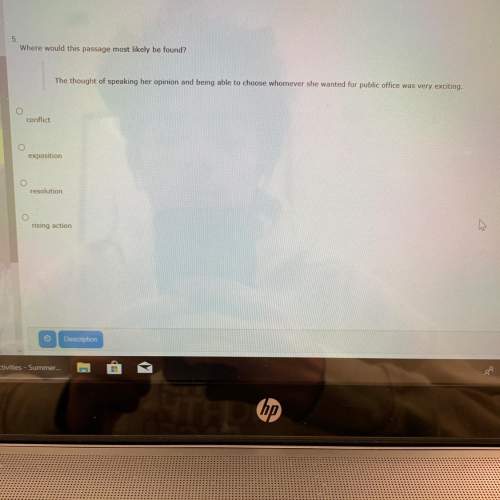
Young made several mistakes. he thought the third hieroglyph was part of the one for “t,” whereas it actually stood for the vowel “o.” the fourth hieroglyph, the lion, meant just “l,” the fifth meant “m,” and the last hieroglyph stood simply for “s.” in other words, the spelling in egyptian was “ptolmis,” not “ptolemaios.”
but young got three out of the seven symbols right, which was a better score than any scholar before him had achieved.
young published his findings in an article written for the 1819 supplement to the encyclopedia britannica. he continued to work on the problem of the hieroglyphs in the years that followed, but made little headway in deciphering additional names and words. why? largely because he was working under a false assumption.
like countless other scholars over the centuries, young still believed that most of the hieroglyphs must have a symbolic meaning. only in special cases, such as foreign names, did he think that they were used to represent sounds.
because of this mistaken belief, young put roadblocks in his own path. however, he had laid a solid groundwork for others in their attempts to decipher the hieroglyphs. and a young frenchman, jean-francois champollion, was ready to take up the challenge where young had left off.
—the riddle of the rosetta stone,
james cross giblin
based on the passage, write two or three sentences explaining how the author feels about thomas young. support your answer with examples from the reading

Answers: 1
Another question on English


English, 22.06.2019 09:00
Brainliest asap! 98 points what goes up and down but stays in one place?
Answers: 2

English, 22.06.2019 12:30
What is supporting information that is shown in numbers called? provable facts theories quantitative data judgments
Answers: 1

English, 22.06.2019 12:30
Below is the last stanza of a poem, "dover beach," written in 1876 by matthew arnold. ah, love, let us be true to one another! for the world, which seems to lie before us like a land of dreams, so various, so beautiful, so new, hath really neither joy, nor love, nor light, nor certitude, nor peace, nor for pain; and we are here as on a darkling plain swept with confused alarms of struggle and flight, where ignorant armies clash by night. which of these statements best describes the remedy arnold proposes for the world? a. look to your dreams for answers to life's questions. b. our faith in each other can shelter us from deceptive chaos. c. in this deceptive world, ignorance requires faith. d. the world may end, but love conquers all.
Answers: 1
You know the right answer?
Young made several mistakes. he thought the third hieroglyph was part of the one for “t,” whereas it...
Questions

Mathematics, 10.09.2020 01:01



Mathematics, 10.09.2020 01:01

Mathematics, 10.09.2020 01:01



Mathematics, 10.09.2020 01:01



Mathematics, 10.09.2020 01:01


English, 10.09.2020 01:01


Mathematics, 10.09.2020 01:01

Mathematics, 10.09.2020 01:01







